What is our primary use case?
It is used to manage the policies on our endpoint because we want to takeaway admin rights to protect our computers.
We have had our implementation issues. However, the software is light years ahead of its competitors. We have seen massive progress with the updates of the software. We have been doing pretty well with it in the time that we have been implementing it.
We are trying to manage the endpoints, but our company has been a long-time customer. We want to integrate the other products because EPM is not the only one. We do have PAS and AIM, but now it looks like CyberArk is moving towards integrating all of them into one thing, so they can all work together in one console. We would like to get there eventually. I can't wait to upgrade.
How has it helped my organization?
We are stripping administrative rights, and we have implemented a special ID to help folks that lose administrative rights. Maybe it broke something, so while we design policies and try to get them where they need to be, they will have this ID in the meantime. CyberArk is able to protect both of these things while we move forward in this.
The software is insanely robust. You can do whatever you want. If you want to put your own logo on the pop-up, then you can do it. You want to change the color to pink, yellow or brown, then you can do it. You can do whatever you want with this thing. This leads to people getting lost on what they want to do, but for those who have a great plan with a clear, concise idea of where their organization is going and what they want to accomplish, it is there to help you.
Where a lot of people might struggle is with the actual environment, and where to begin. The software builds on top of that. You have to have a solid foundation. You will learn that as you work through the product, but you will also see how great and powerful the product is.
With computer security, administrative rights is probably the number one thing that comes to mind. This is a software that will allow people to still use their Google Chrome, Adobe, and Facebook. They can do what they need to do, but it still keeps them protected. That is what is so great about the product, we can sell it to people as, "We are not trying to stop you. We want to enable you, but we want to be safe too. It's there to do that."
What is most valuable?
- I love the interface because it is colorful, easy to read, easy to see, and how easy it is to make policies.
- I love how we can make a policy that affects everybody instantly, which is great.
- I love the reporting features, so it is easy to see what we did.
I love the product overall, because it is great.
What needs improvement?
I want some of the things which are glitching out there for me to be fixed. I have heard that there is something in the works, that they will be putting a feature in the help desk where they will have a message board now. So, I could communicate with other people who are having the same problems and pull their issues, this way I don't have to bother support all the time. Also, people can vote. They can vote on the most important issues, and CyberArk will prioritize them next, really listening to the customer. That is pretty cool.
One of our current issues is a publishing issue. If we whitelist Google Chrome, all the events of Google Chrome should be gone. It is not happening. However, they are coming close to a solution. It has been an issue for a while. I heard that this is one of the top priorities that they're working on.
For how long have I used the solution?
One to three years.
What do I think about the stability of the solution?
This is where we have had some woes with this software. Part of it is in our environment, and what we built it in as far as our database server. We met the requirements and it had some issues. The software is still growing and getting better. It is not 100 percent there yet, but even so, there is nothing in comparison to the product. It is too robust. It offers too many features that nothing else does. You might as well deal with it. You are going to deal with implementation and memory issues regardless that we had on the SQL Server, etc.
Part of this will come from your personal environment, but CyberArk has done a great job with it. However, they still have a ways to go. One thing I really like with every upgrade, they listen to the people. If you are saying this needs to be fixed, they listen. They usually put it in the upgrade, so that is cool.
What do I think about the scalability of the solution?
There are growing pains from integrating a software which allows you to do anything, and you could do anything but it is based on your environment. The software can do whatever it wants, but it is going to be reactive to your environment. Everyone will have a different experience.
If this was a perfect world, you had a clean active directory environment, your SCCM solution was fantastic, and there were no firewall issues, the product would deploy. No problem. Read everything, and you are good to go.
I could definitely understand. It is like designing the program for how it should work, then dealing with real life scenarios. You talk to any company here, and everyone's active directory is a mess. That is where you are trying to get your data from. That is where you struggle sometimes. However, the software is great. The Dev guys are on it as far as upgrades, etc.
If they keep upgrading the software, they are going to be around for a long-time. We are a long-time customer. We have multiple products, and they are going towards the right direction because if we own three or four of their products, then we can meld them all into one and they all work together, which is great.
How are customer service and technical support?
In the beginning (early 2017), we had some issues. We would have a discrepancy in what user support was telling us. From mid-last year until now, it has been absolutely spectacular. They have key people who are very good, and I speak extremely highly of them. They are excellent, very professional with a lot of knowledge.
Which solution did I use previously and why did I switch?
We did not have a previous solution, because we have always had admin rights. In fact, we did a proof of concept in CyberArk, version 1.
We needed something to manage the endpoint and to be able to empower the user. By far from not only a user's perspective on what they would be able to accomplish, but from the person who has to design the policies, it was the best. It was like working in MS-DOS compared to Windows 10.
How was the initial setup?
We had an educational and technical guide for the entire setup process. I also had CyberArk with me on the phone.
What about the implementation team?
I designed the solution. Because they knew that this is a solution that no one had really seen before, they made sure they had somebody onsite throughout the entire implementation.
What was our ROI?
We have accomplished our security goals. We have two-factor authenticated and vaulted our important accounts, so people can't just steal stuff from us. That is pretty important. We are protecting ourselves the right way.
Which other solutions did I evaluate?
Avecto was the competitor. They integrated with McAfee ePO, which was our endpoint solution at the time. Unfortunately, it was not as robust as I thought it would be. I didn't like it. I felt like the product relied too much on McAfee to do what it needed to do. Whereas, CyberArk was a standalone client which was way more robust.
The competition was utilizing a product that we are getting rid of in two weeks.
What other advice do I have?
Get on implementing it today. Be patient. Test a lot. Deploy slowly.
It has places to go. I see the potential. It is getting there, but it has room to grow. If you compare this product with anything else as far as an endpoint solution, there is nothing which even compares.
We have implemented the new plugin generator utility already. I trained the help desk. It is really easy. Instead of having to fix it myself, the service desk will receive a one-time code to help the customer immediately, so they do not have to wait. I will receive a ticket to make a long-term policy. It is a perfect system.
Most important criteria when selecting a vendor: communication.
Disclosure: PeerSpot contacted the reviewer to collect the review and to validate authenticity. The reviewer was referred by the vendor, but the review is not subject to editing or approval by the vendor.

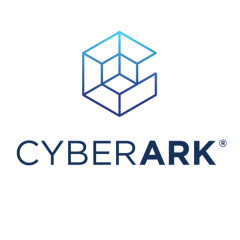







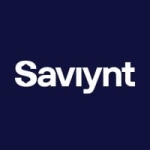
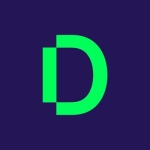


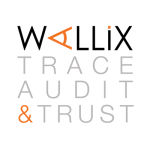
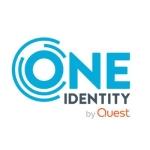
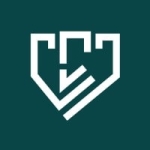
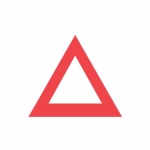
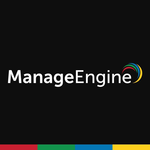
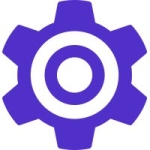
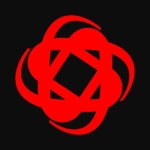

We do not use CyberArk PTA in our environment.